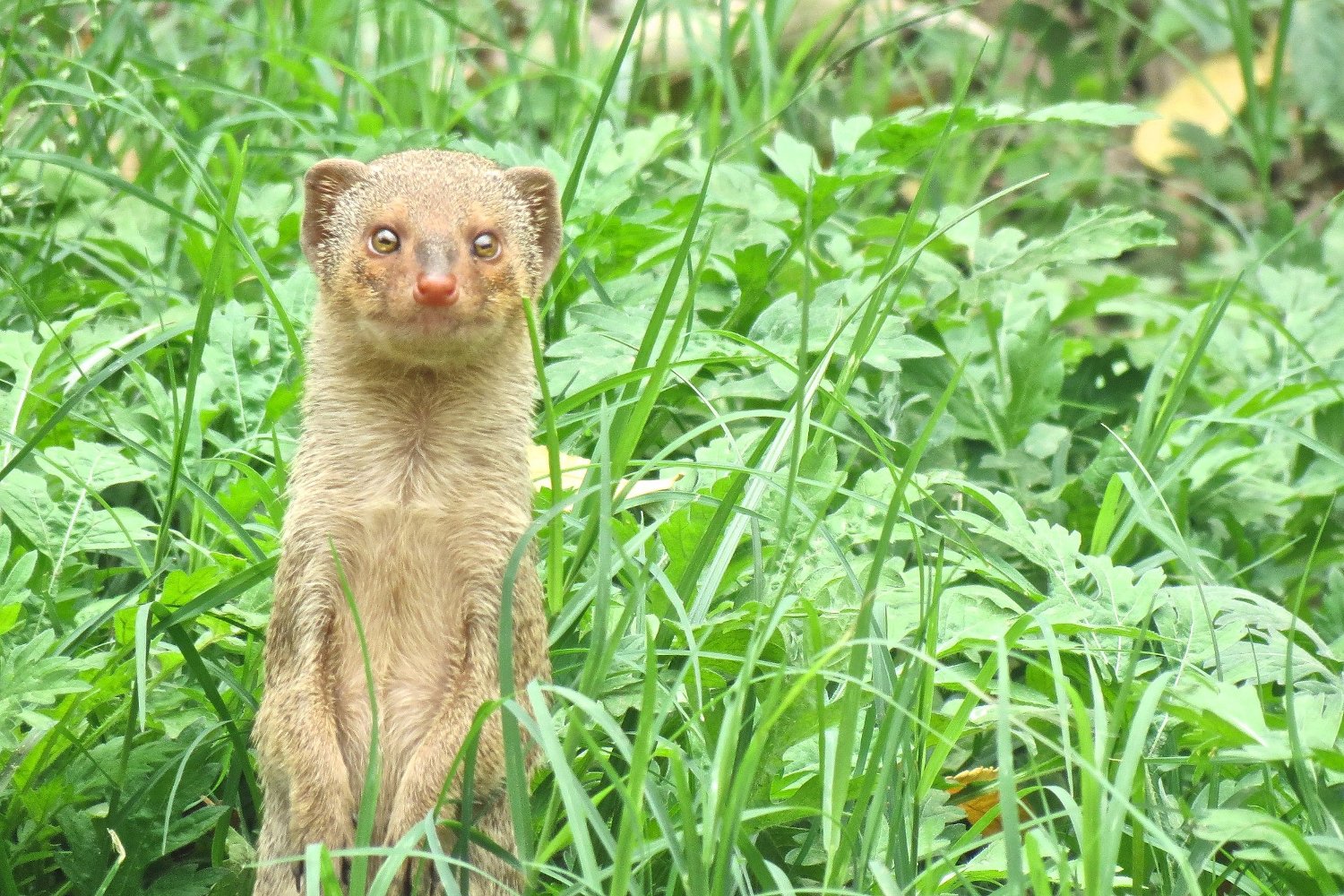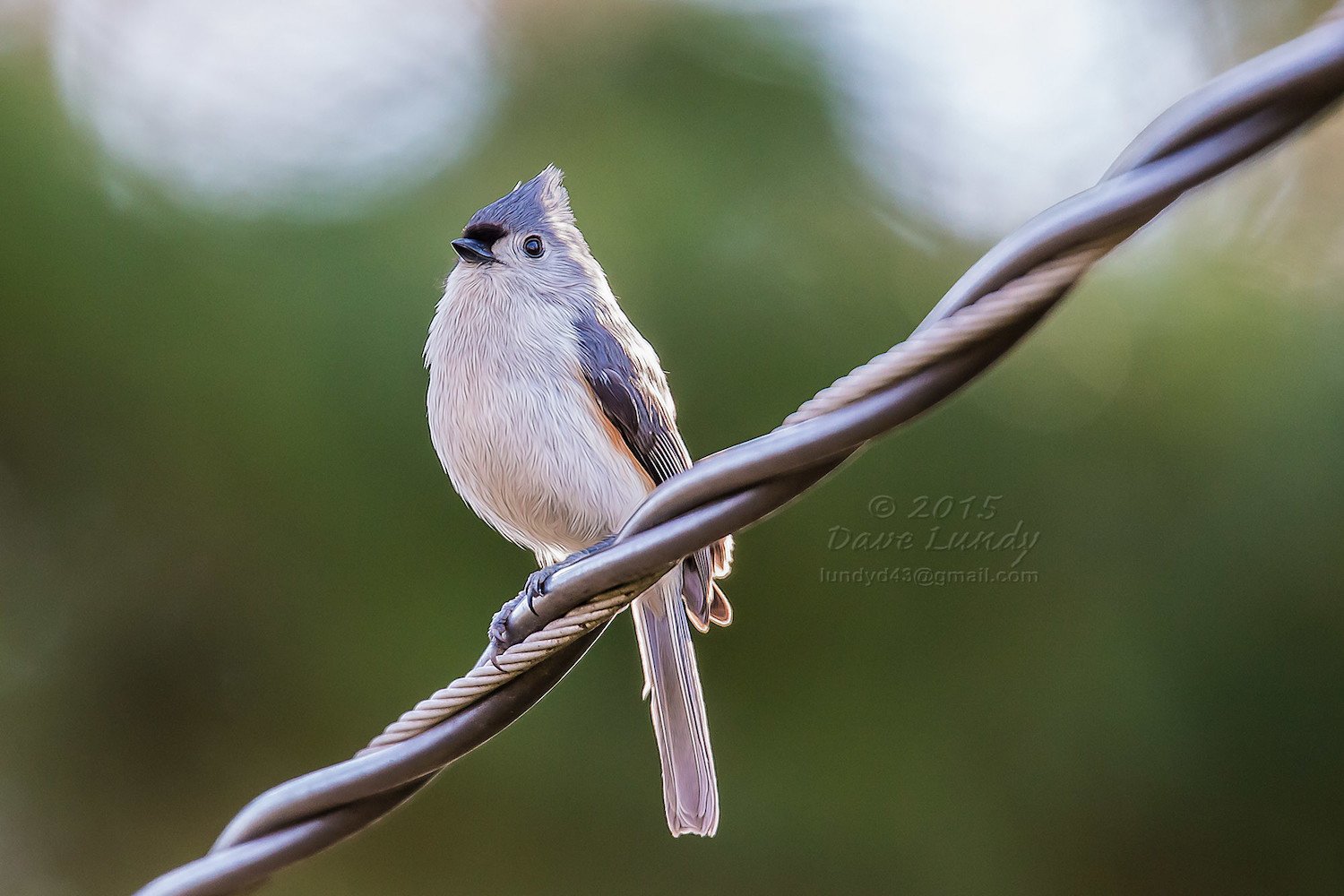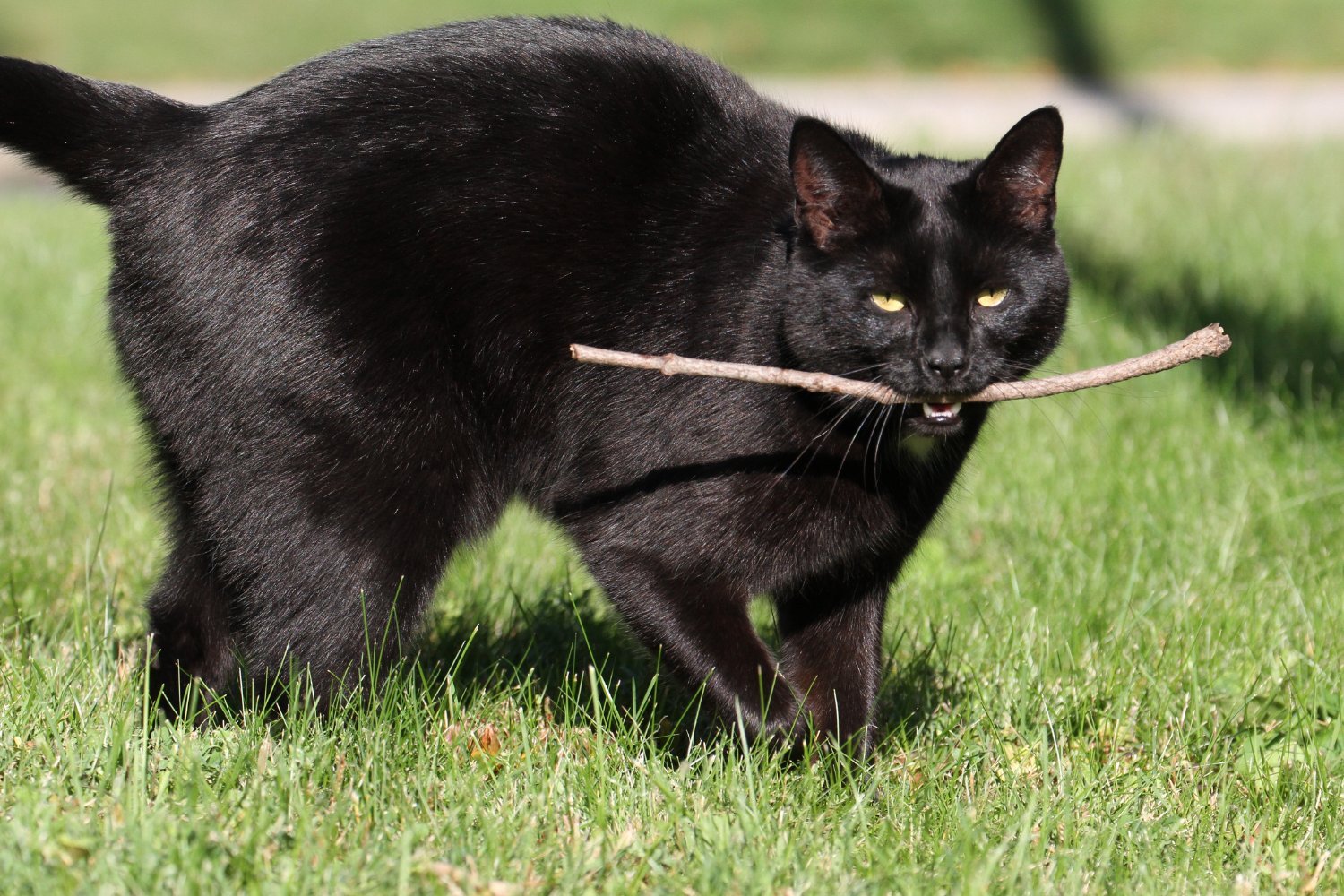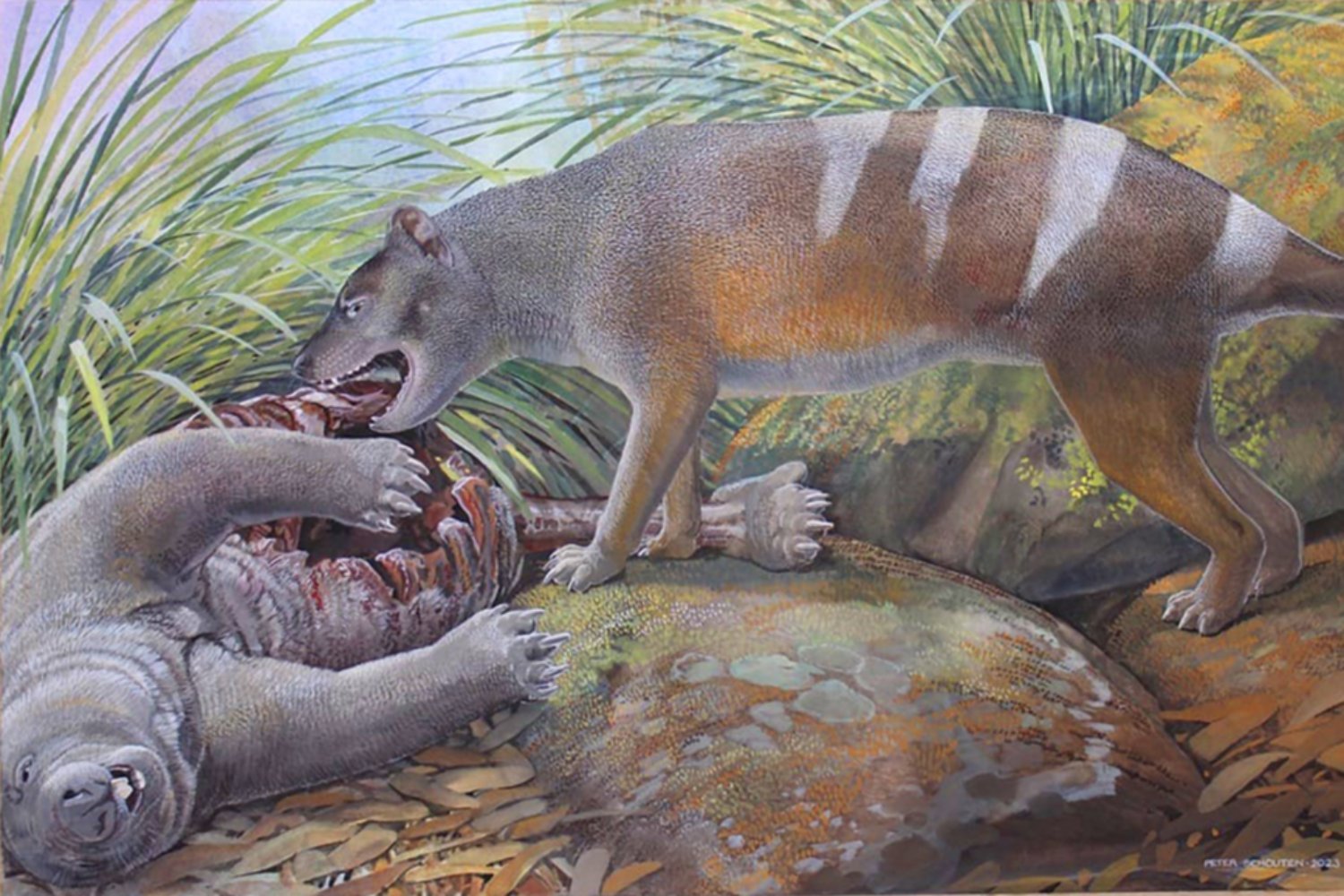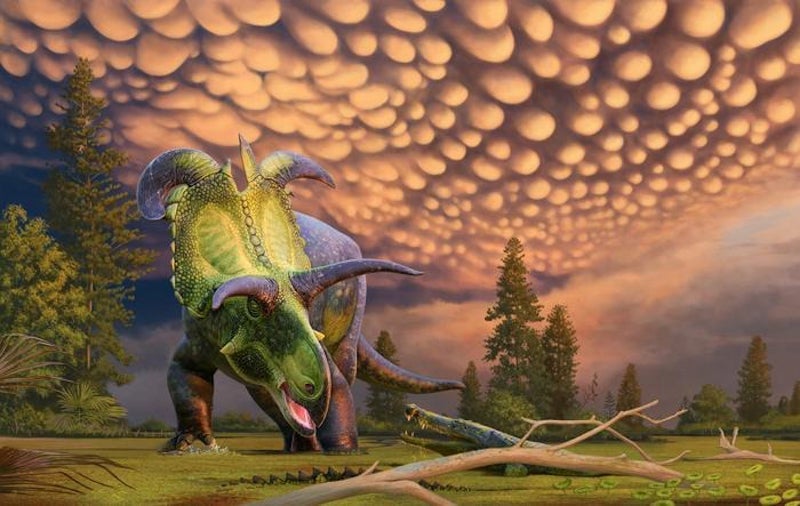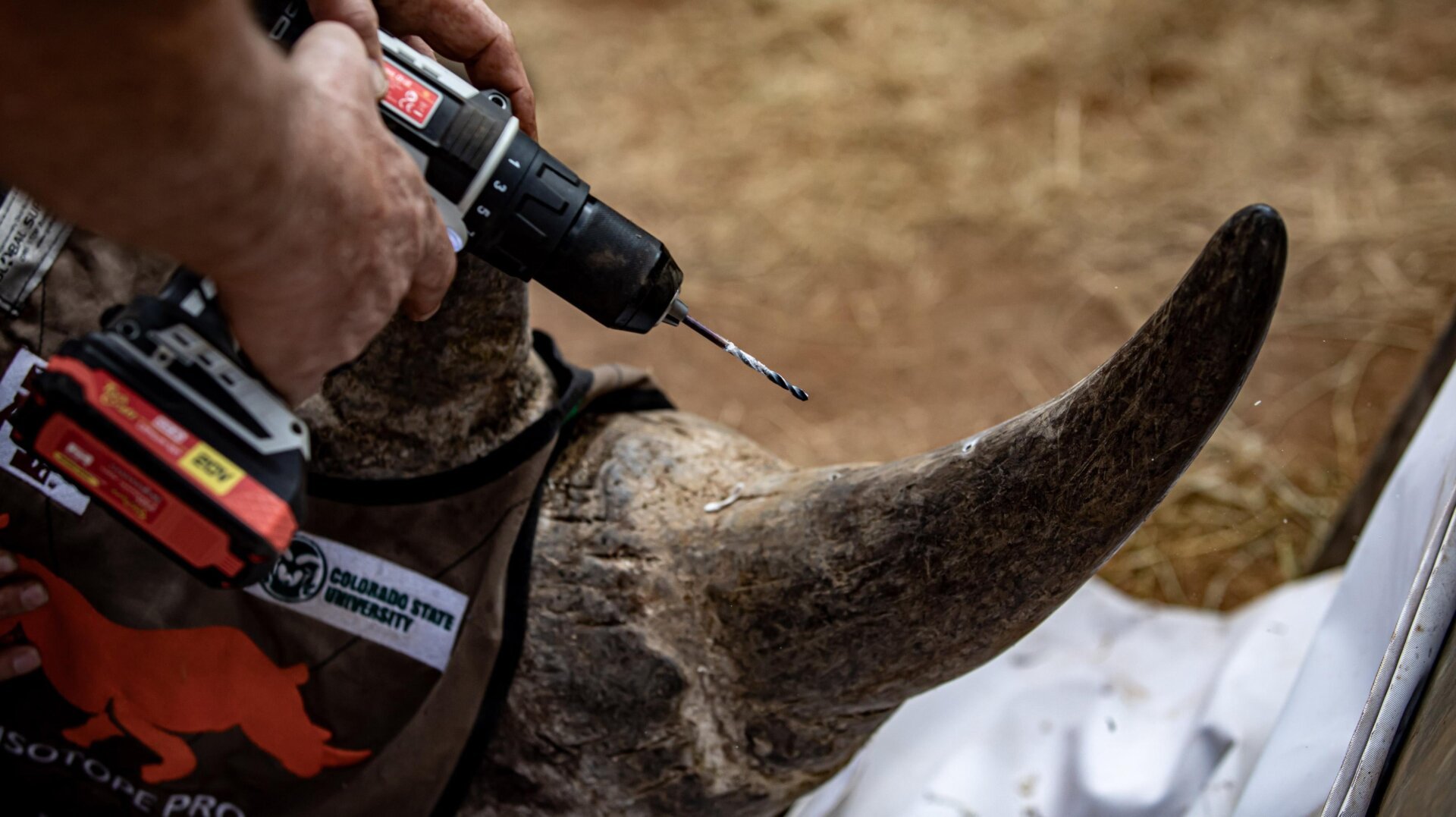Mongooses, introduced to Amami Oshima Island in 1979 to control venomous habu snakes, have finally been eradicated after nearly 50 years. The eradication program became necessary after the mongooses, instead of preying on the nocturnal habu, decimated the population of the endangered Amami rabbit, a “living fossil.”
The Mongoose Mishap
Amami Oshima, a subtropical island and UNESCO World Heritage site, is home to unique species like the Okinawa rail, the Iriomote leopard cat, and the Amami rabbit. The introduction of small Indian mongooses (Urva auropunctata) was intended to control the population of the venomous habu pit viper. However, the diurnal mongooses and nocturnal habu rarely encountered each other.
This miscalculation led the mongooses to prey on the vulnerable Amami rabbit, significantly impacting its already threatened population. The mongooses also affected the Ryukyu long-furred rat population, according to the Japanese environment ministry. By 1993, the detrimental effects of the mongooses were evident, prompting a project to assess the damage.
Eradication Efforts and Success
By 2000, the mongoose population had exploded to an estimated 10,000, leading Japanese officials to initiate an eradication program. This program proved successful, reducing the mongoose population to around 1,000 by 2007. Recently, the Japanese government declared Amami Oshima officially mongoose-free, marking the end of a costly and lengthy ecological restoration effort.
Koichi Shiota, a local governor, celebrated the eradication as “genuinely good news” for the prefecture and the conservation of Amami’s precious ecosystem. He emphasized the valuable lessons learned about the impact of invasive species and the resources required for their removal.
The Broader Lesson of Invasive Species
The Amami Oshima mongoose incident serves as a stark reminder of the devastating consequences of introducing non-native species. These invasive species can decimate native populations, disrupt agriculture, and wreak havoc on ecosystems.
A more recent example in the United States involves the Joro spider, an Asian arachnid rapidly spreading across the eastern states. While perhaps not as destructive as the mongooses on Amami Oshima, the Joro spider’s spread highlights the challenges of managing invasive species.
Conclusion
The successful eradication of mongooses from Amami Oshima underscores the importance of careful consideration when introducing non-native species. It also demonstrates the dedication and resources required to rectify ecological imbalances caused by such introductions. The 50-year effort to remove the mongooses from a relatively small island serves as a cautionary tale for managing invasive species worldwide. The long-term impact on the delicate ecosystem of Amami Oshima remains to be seen, but the removal of the mongooses marks a crucial step towards its recovery.



